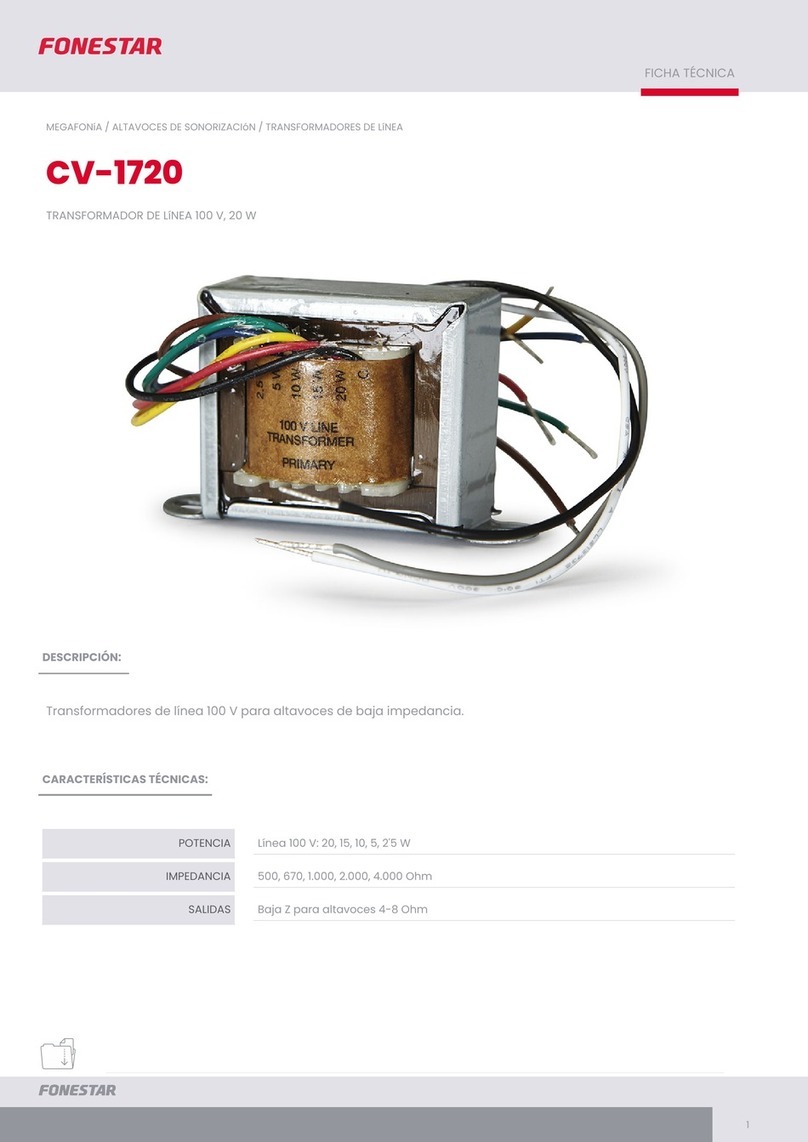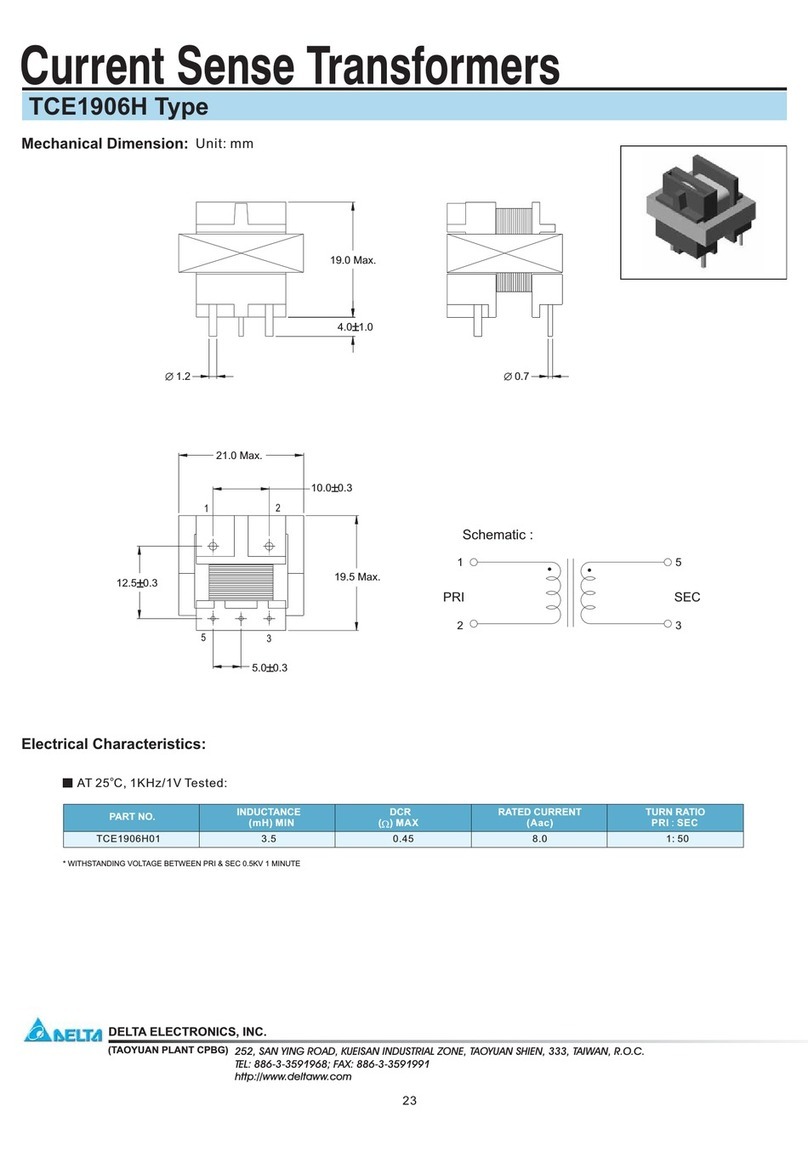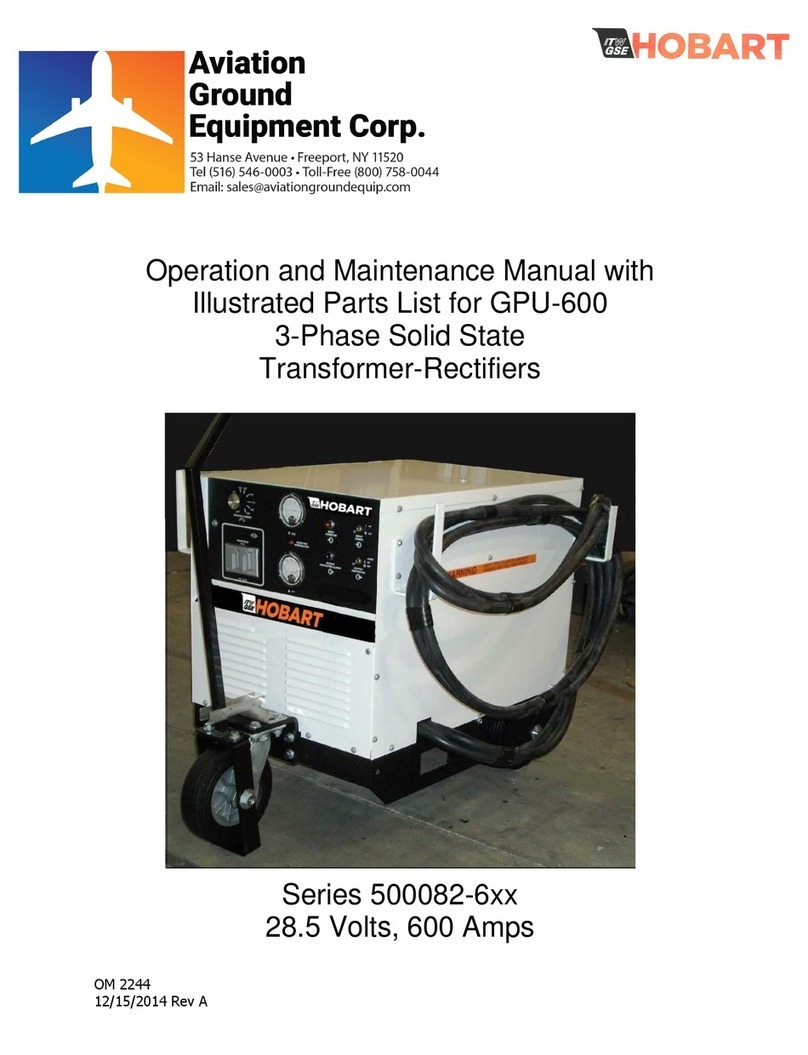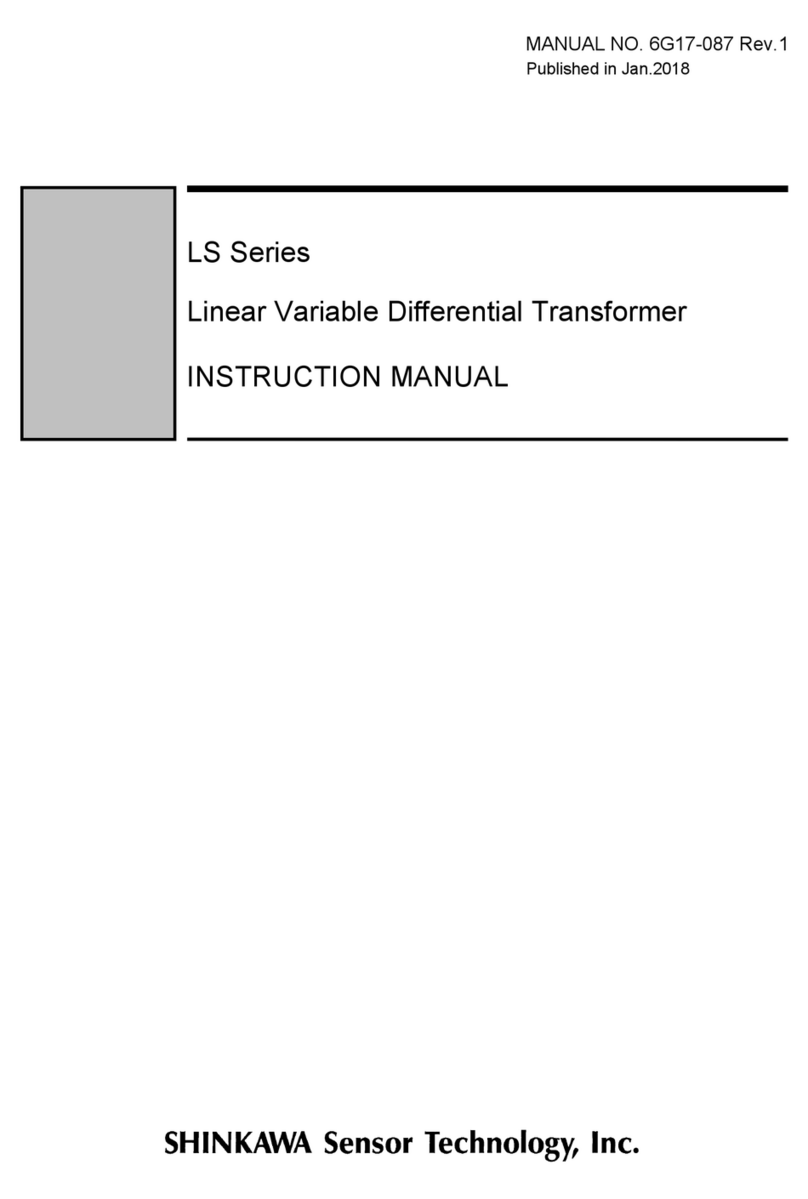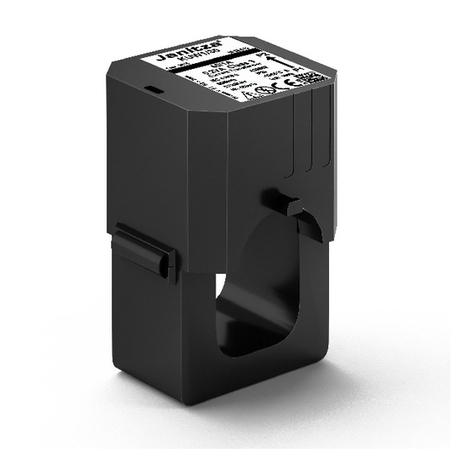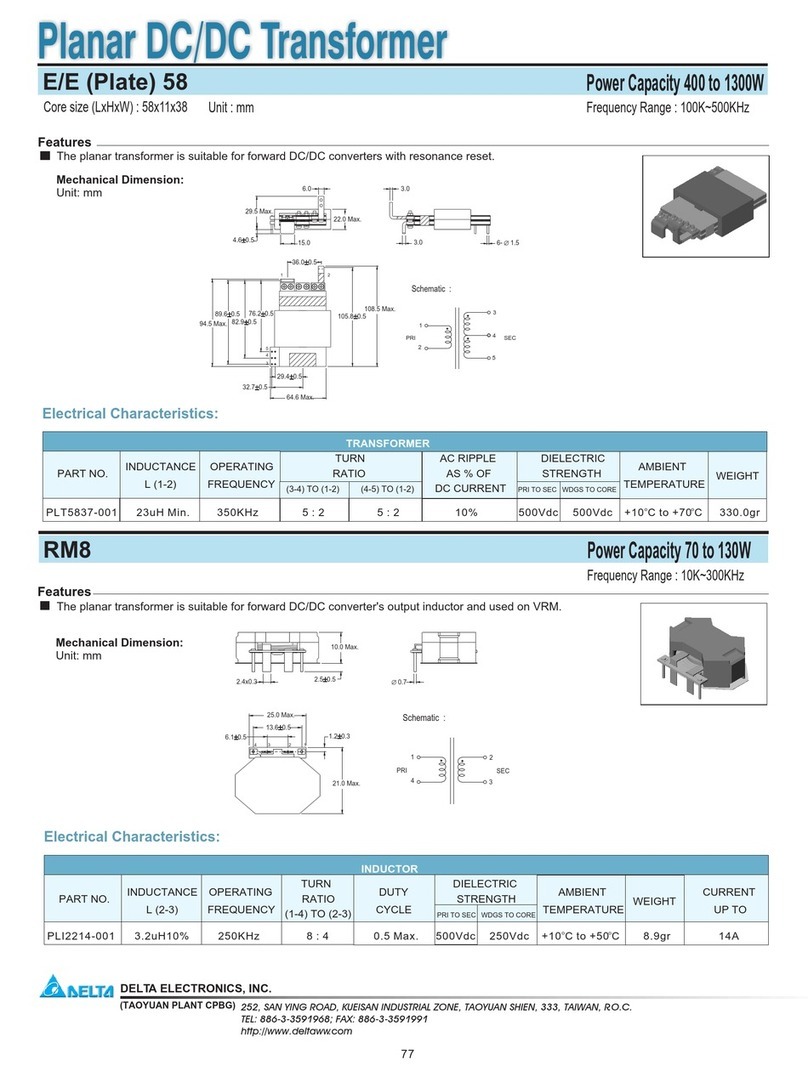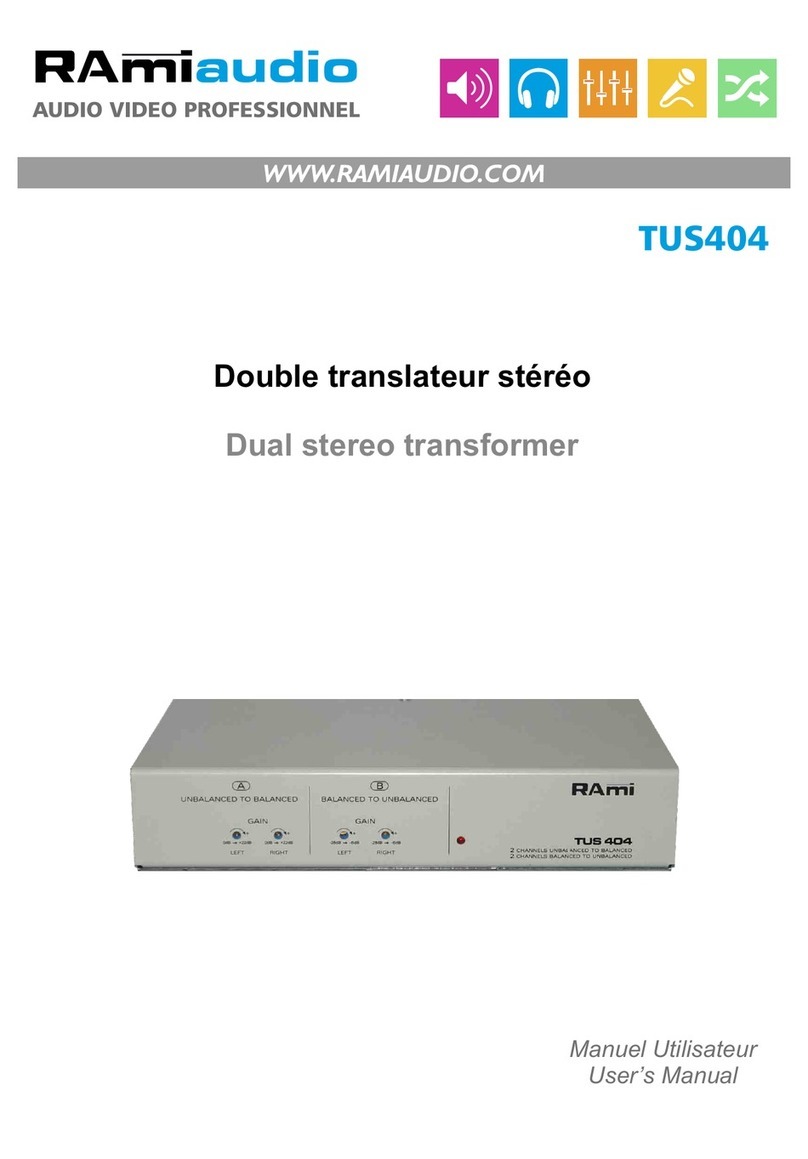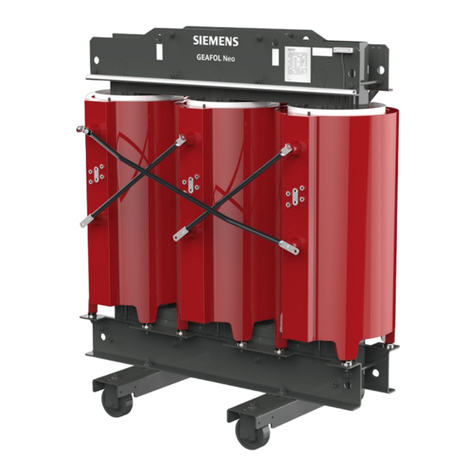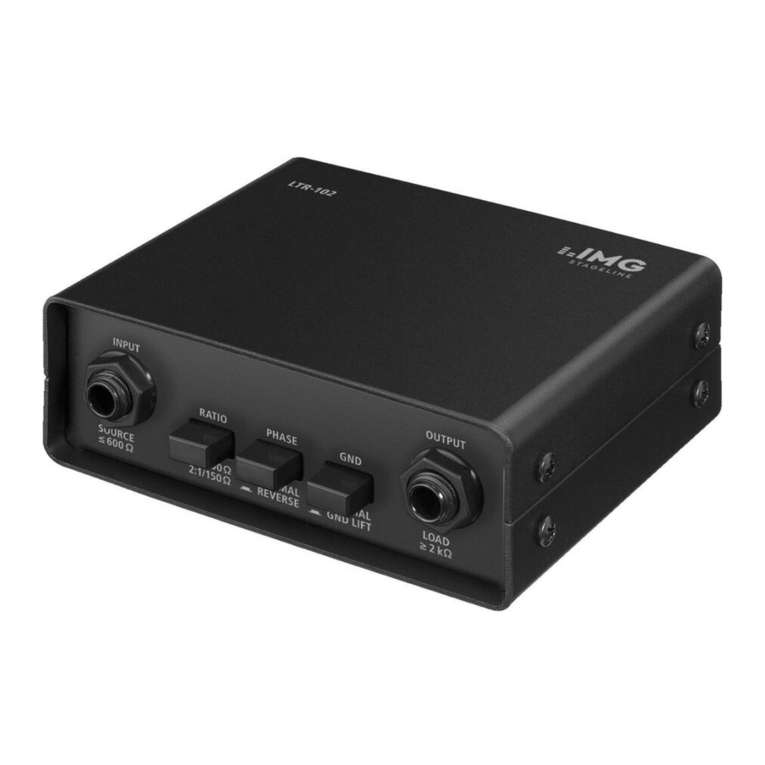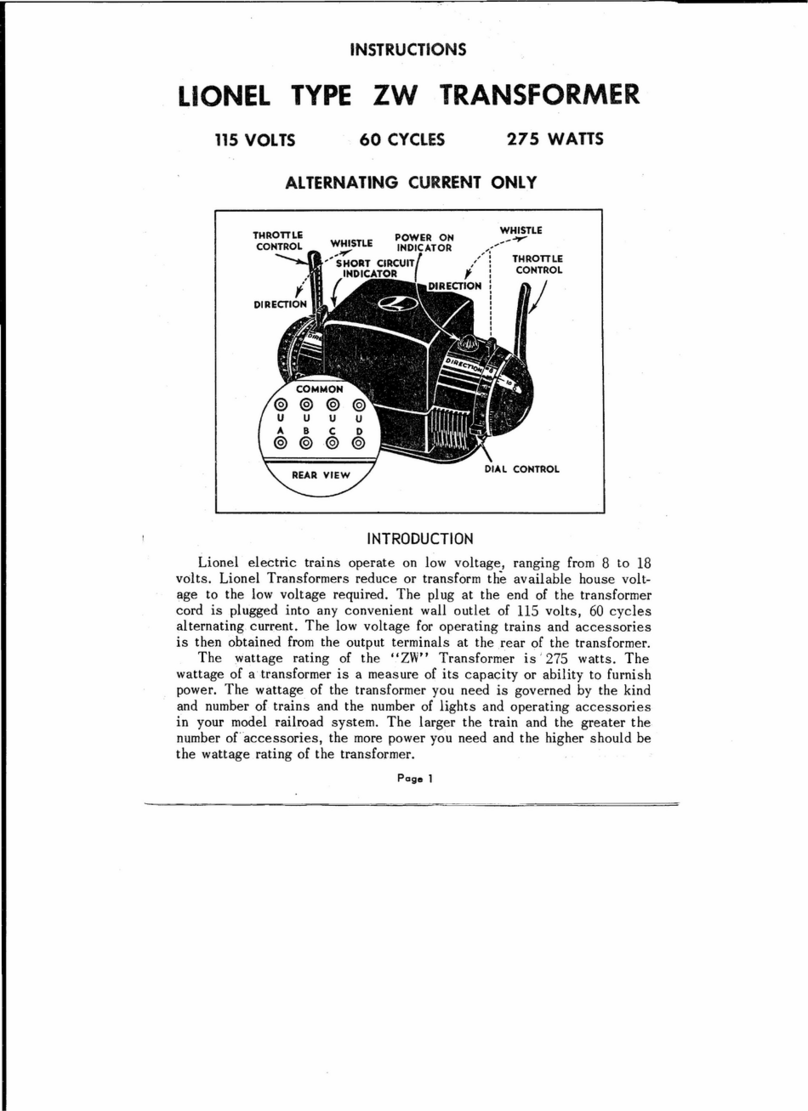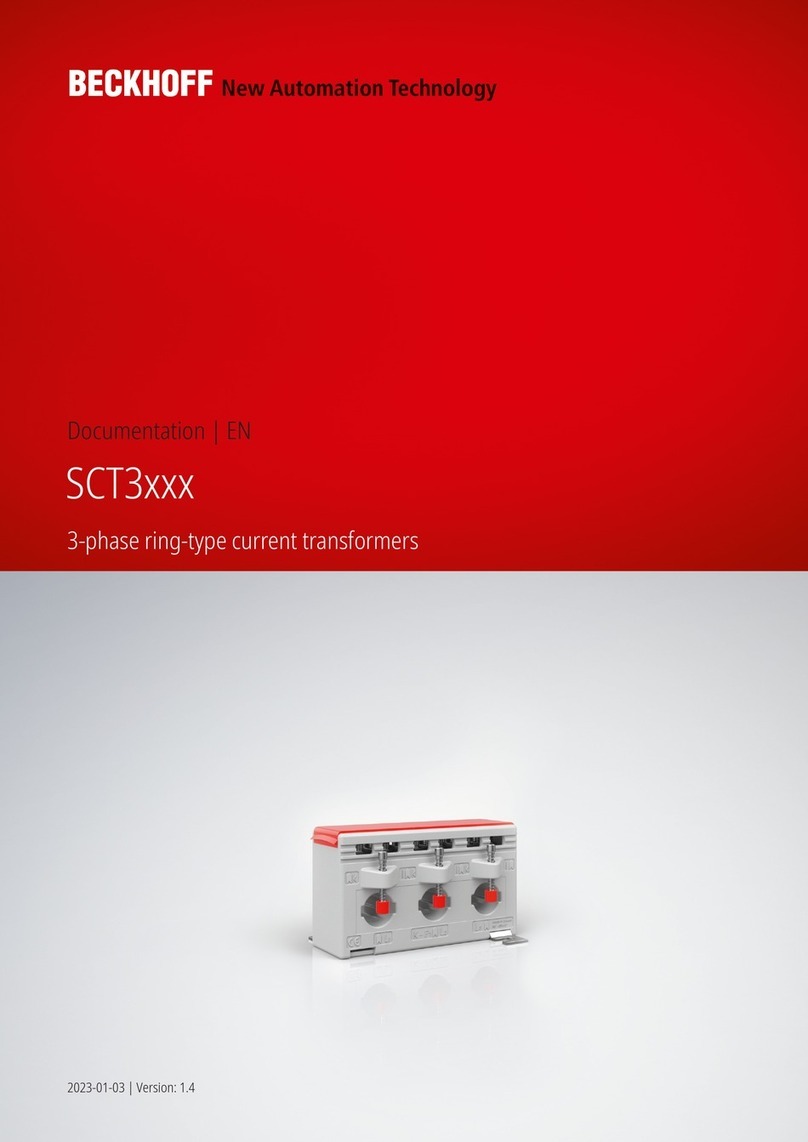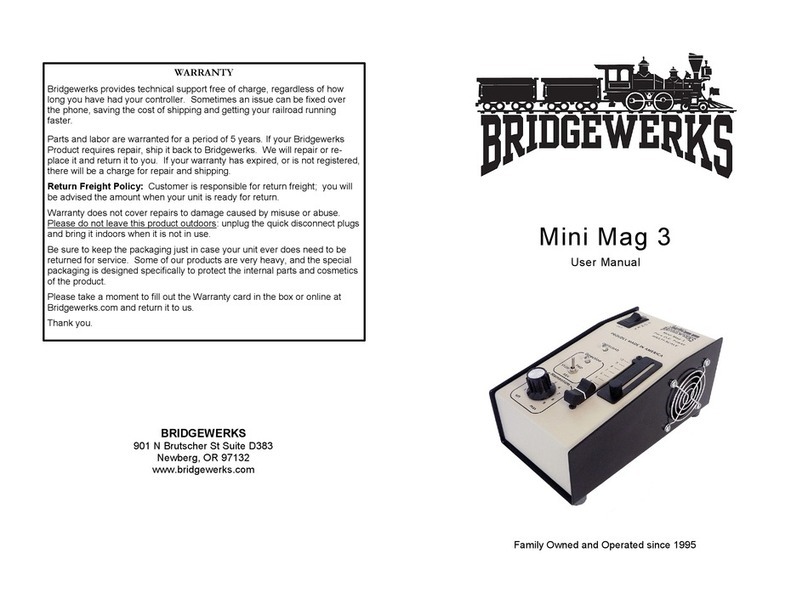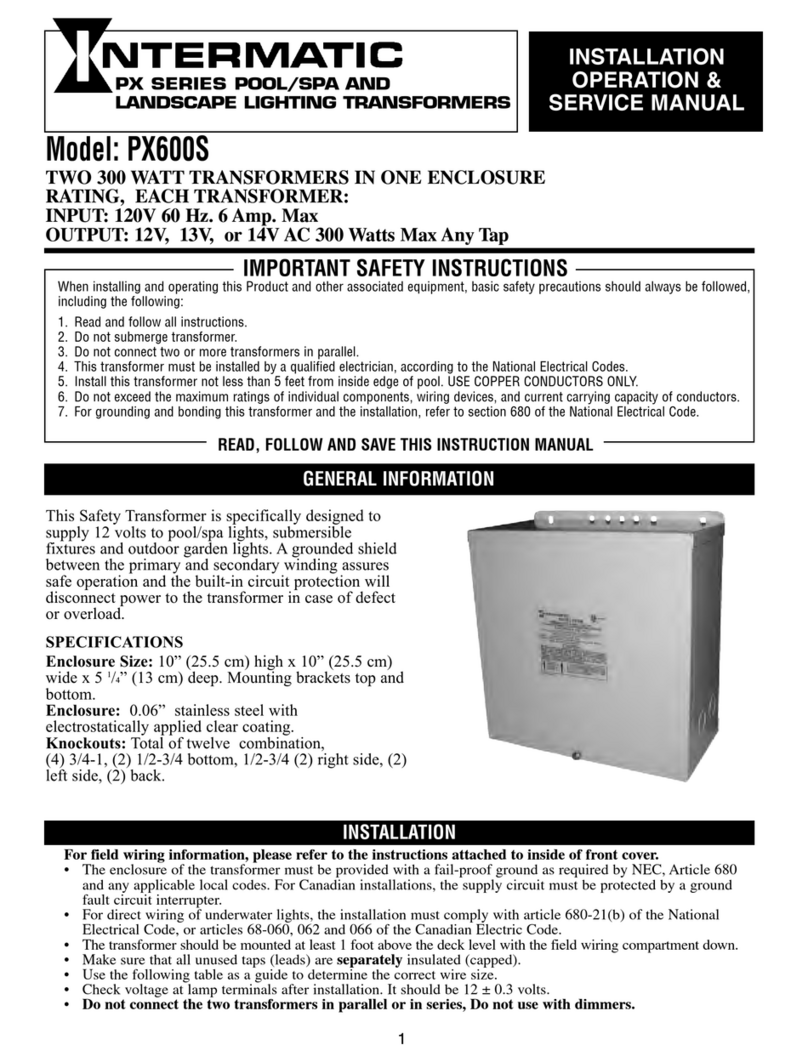SAFETY GUIDELINES AND MEASURES
EN / Mass GI / June 2009 7
3 SAFETY GUIDELINES AND MEASURES
WARNING!
Before using the Mass GI, read and save
these safety instructions.
3.1 Warnings and symbols
Safety instructions and warnings are marked in this
manual by the following pictograms:
A procedure, circumstance, etc which
deserves extra attention.
CAUTION!
Special data, restrictions and rules with
regard to preventing damage.
WARNING
A WARNING refers to possible injury to
the user or significant material damage to
the GI if the user does not (carefully)
follow the procedures.
3.2 Use for intended purpose
1 The Mass GI is constructed as per the applicable
safety-technical guidelines.
2 Use the Mass GI only:
• at the input connected to a dedicated double pole
circuit breaker and earth leakage switch;
• in a technical correct condition;
• in a well-ventilated room, protected against rain,
moist, dust and condensation;
• observing the instructions in the users manual.
WARNING
Never use the Mass GI in situations where
there is danger of gas or dust explosion or
potentially flammable products!
3 Use of the Mass GI other than mentioned in point
2 is not considered to be consistent with the
intended purpose. Mastervolt is not liable for any
damage resulting from the above.
3.3 Organizational measures
The user must always:
• have access to this manual;
• be familiar with the contents of this manual.
This applies in particular to chapter 3.
3.4 Maintenance & repair
1 If the Mass GI is switched off during maintenance
or repair activities, it should be secured against
unexpected and unintentional switching on:
• Remove the AC supply
• Be sure that third parties cannot reverse the
measures taken.
2 Use original spare parts only.
3.5 General safety and installation precautions
• Install the Mass GI according to this manual.
• Connections, wiring, grounding and other safety
features must be executed according to the
locally applicable regulations.
• Use cables with an appropriate size.
• Use the Mass GI in accordance with the
specifications as stated in section 12.1.
• Except for the connection compartment never
open the housing as high voltages may be
present inside!
• When opening the connection compartment,
disconnect the AC-input first.
• Do not expose the Mass GI to rain, snow, spray,
moisture, excessive pollution and condensing
circumstances. To reduce risk of fire hazard, do
not cover or obstruct the ventilation openings.
Install the Mass GI in a well ventilated area to
prevent overheating.
• The Mass GI must be provided with an
equipment-grounding to the AC-input ground
terminal.
• Check the wiring and connections at least once a
year. Defects such as loose connections, burned
cables etc. must be corrected immediately.
• Do not touch the equipment when wet or if your
hands are clammy.
• Only allow changes in your electrical system to
be carried out by qualified electricians.
• In case of fire, use a fire extinguisher for
electrical equipment.
3.6 Warning regarding life support
applications
The Mass GI products are not sold for applications
in any medical equipment intended for use as a
component of any life support system unless a
specific written agreement pertaining to such
intended use is executed between the manufacturer
and Mastervolt.

